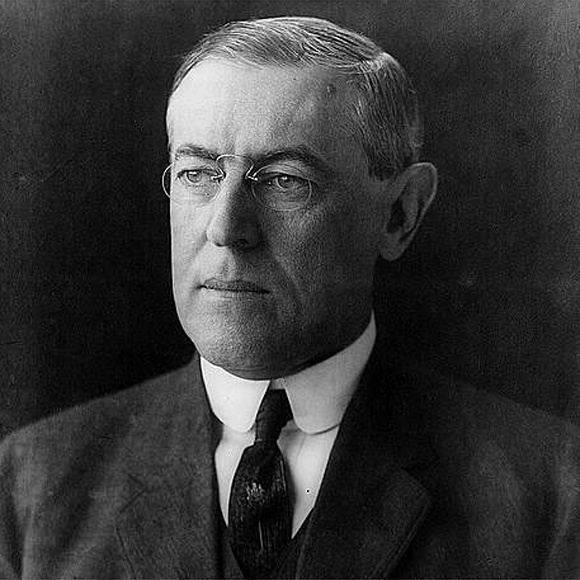The Fourteenth Census: Census Day was January 1, 1920.

Authorizing Legislation
The date change for the 1920 census was requested by the Department of Agriculture. The department believed that in January, harvests would be completed and information about those harvests would still be fresh in farmers’ minds. Additionally, it argued that more people would be at home in January than in April.
The census act designated a three-year decennial census period, beginning July 1, 1919, during which time the Census Bureau was authorized to hire an increased work force at its Washington, DC headquarters and created a special field force to collect the data.
The act also authorized a census of manufactures to be taken in 1921, repeated every two years thereafter. Previously, the manufacturing census had been conducted every five years. The act further ordered a census of agriculture and livestock in 1925, repeated every ten years thereafter, and strengthened for penalties for those who refused to supply information or who supplied false information. These censuses, which had once been closely aligned with the decennial population count, were, by 1920, largely independent of each other.
The act also stipulated that the director could, at his discretion, furnish any governor or court with certified copies of census returns at the cost of making the search plus one dollar for certification. Individuals who wanted copies for genealogical or other purposes could also obtain them, so long as the information was not used to the detriment of the person to whom the information referred.
Enumeration
For the 1920 census, “usual place of abode” became the basis for enumeration. Individuals were enumerated as residents of the place in which they regularly slept, not where they worked or might be visiting. People with no regular residence, including “floaters” and members of transient railroad or construction camps, were enumerated as residents of the place where they were when the count was taken. Enumerators were also instructed to ask if any family members were temporarily absent; if so, these people were to be listed either with the household or on the last schedule for the census subdivision.
The format and information in the 1920 census schedules closely resembled that of the 1910 census. The 1920 census, however, did not ask about unemployment on the day of the census, nor did it ask about service in the Union or Confederate army or navy. Questions about the number of children born and how long a couple had been married were also omitted. The bureau modified the enumeration of inmates of institutions and dependent, defective, and delinquent classes. The 1920 census included four new questions: one asking the year of naturalization and three about mother tongue. There was no separate schedule for Indians in 1920.
Because of the changes in some international boundaries following World War I, enumerators were instructed to report the province (state or region) or city of persons declaring they or their parents had been born in Austria-Hungary, Germany, Russia, or Turkey. If a person had been born in any other foreign country, only the name of the country was to be entered.
The instructions to enumerators did not require that individuals spell out their names. Enumerators wrote down the information given to them; they were not authorized to request proof of age, date of arrival, or other information. The determination of race was based on the enumerator’s impressions.
Intercensal Activity
The results of the 1920 census revealed a major and continuing shift of the population of the United States from rural to urban areas. No apportionment was carried out following the 1920 census; representatives elected from rural districts worked to derail the process, fearful of losing political power to the cities. Reapportionment legislation was repeatedly delayed as rural interests tried to come up with mechanisms that would blunt the impact of the population shift. Congress finally passed a reapportionment bill in 1929. The bill declared that the House of Representatives would be apportioned based on the results of the 1930 census.
The 1929 act provided for an automatic reapportionment by the last method used unless Congress moved proactively to prevent that from occurring. The act also authorized the 1930 and subsequent decennial censuses.
Further Information
- A wide variety of historical statistics from this and other decades is available in Historical Statistics of the United States: Colonial Times to 1970. It is available as a PDF [74.4MB] or 2-part ZIP file: Part I [52.2MB] | Part II [66.1MB].
- Reports and statistics from the 1920 Census
Information provided from Census.gov

